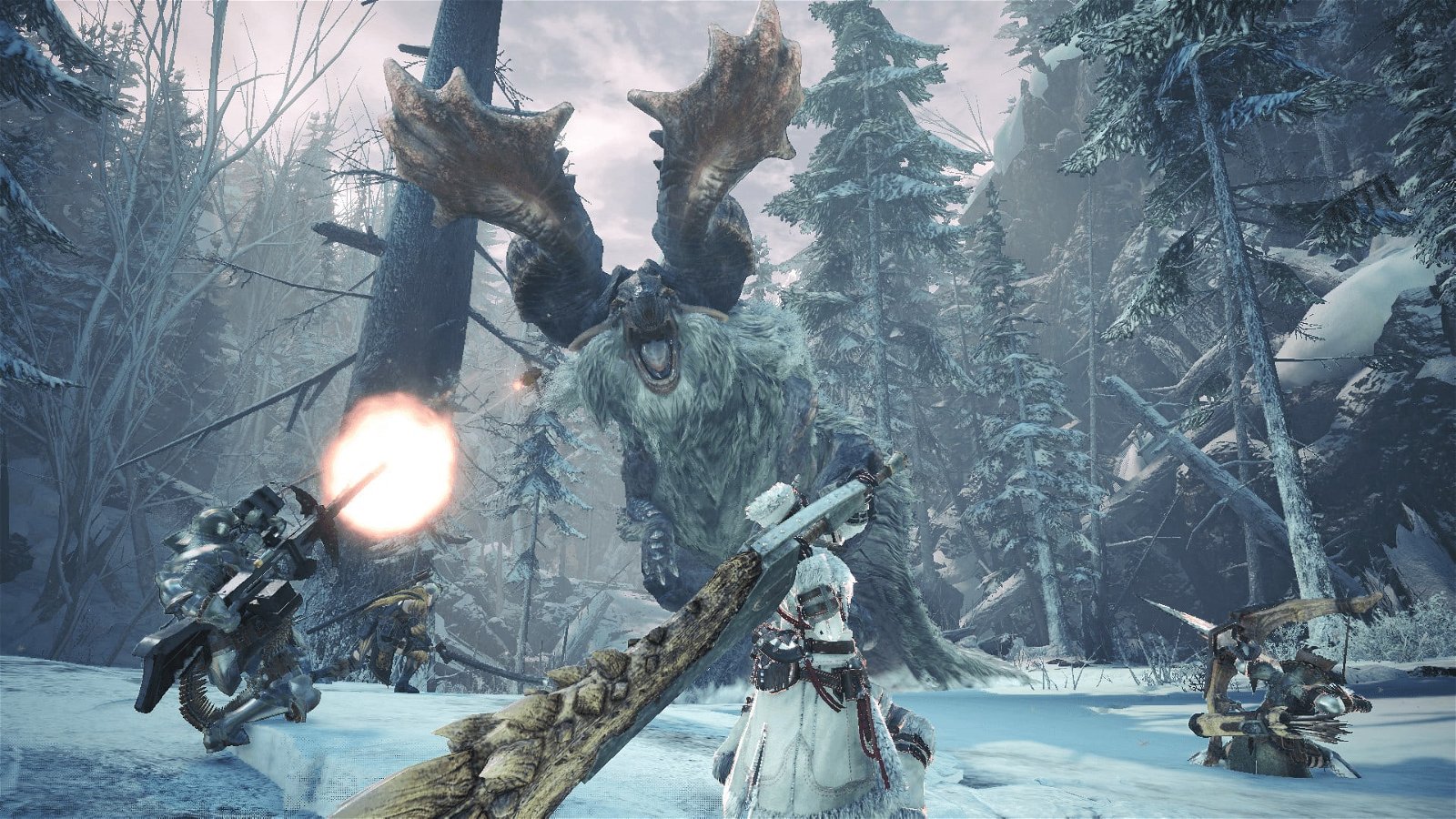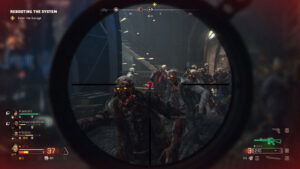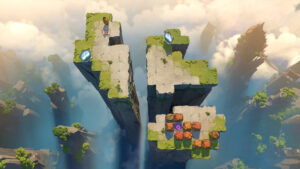Before Monster Hunter World, the series was kind of like that weird but brilliant cousin at the family reunion — intense, niche, and always talking about crafting trousers out of wyvern hide. It had loyal fans, sure, but it never really hit mainstream radar outside of Japan. You had to really want it: learning obtuse systems, accepting clunky controls, and pretending to enjoy loading screens every five steps. But then World came along, kicked the door open, and shouted, “What if we made it actually fun to play?”
And somehow, without dumbing it down, Capcom pulled it off.
The Monster Hunter Makeover (Without the Identity Crisis)
Monster Hunter World did the unthinkable: it made the franchise accessible. Not easy, not shallow — just understandable. Suddenly, there were tutorials that explained things without sounding like a tax manual. The maps had no loading zones. The weapons, while still gloriously weird, now they actually told you what they did. And co-op play didn’t require a thesis and a blood pact.
If you bought a Monster Hunter World Steam code, you probably noticed this balance immediately. You weren’t being handheld, but you also weren’t being hurled off a cliff by a six-button combo system before figuring out how to drink a potion. It respected your time and your curiosity — a rare combo in gaming, or life, honestly.
Bigger Beasts, Bigger Appeal
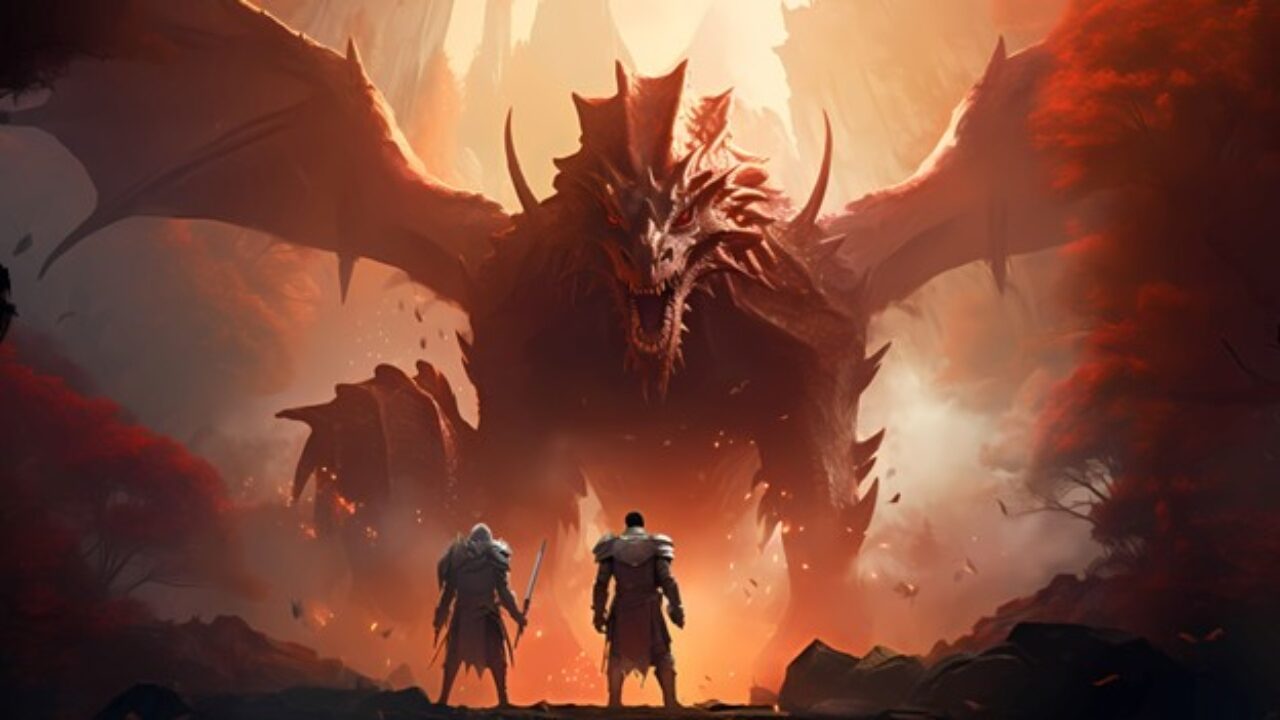
Let’s talk about the monsters. They weren’t just boss fights — they’re dramatic, unscripted events. Watching a Rathalos swoop down mid-hunt and wreck your plan isn’t a bug; it’s a feature. The game’s dynamic ecosystem turned every encounter into a chaotic nature documentary, if the animals were 30 feet tall and occasionally on fire.
And that’s what drew people in — the spectacle. The feel of it all. You didn’t need a long history with the series to understand that using a ten-foot katana to take down a lava dinosaur was rad. It was immediate, visceral, and oh yeah, online. Suddenly, your casual gamer friend could hop into your session and scream with you as a Nergigante turned your strategy into shredded armour.
The Hub Became the Hangout
What used to be menus became spaces. World’s gathering hub was lively, cozy, and weirdly full of cats (as it should be). Between hunts, you weren’t just customizing loadouts — you were eating adorable animated meals, doing dumb emotes, and flexing your layered armour like it was Paris Fashion Week for lizard slayers.
This social layer turned grinding into a group activity. Hunting didn’t feel like a chore because everything else around it was so polished and atmospheric. Even the crafting system felt like a reward loop instead of a spreadsheet simulator. And for returning players, the improvements weren’t betrayals — they were long-overdue love letters.
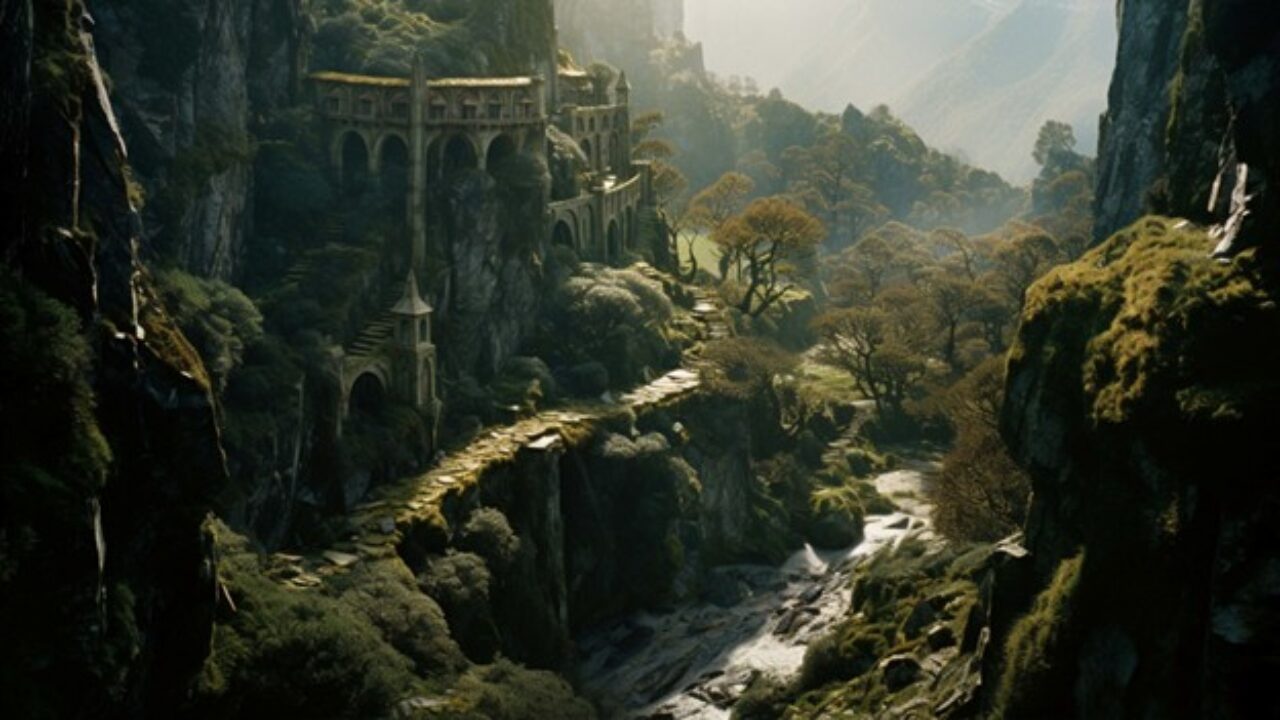
From Niche to Global
Monster Hunter World wasn’t just an upgrade — it was a revelation. It cracked the code on how to stay true to a beloved formula while opening the gates to everyone else. It didn’t sacrifice depth for mass appeal; it just communicated better.
And now, what used to be a cult classic is one of Capcom’s best-selling titles. So next time someone tells you “accessibility ruins games,” remind them: Monster Hunter World expanded its audience without compromising its identity. And it did it one glorious, roaring, ecosystem-wrecking behemoth at a time.
